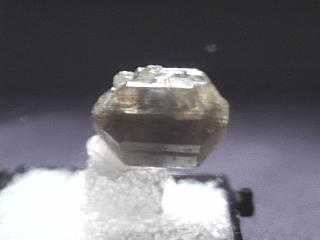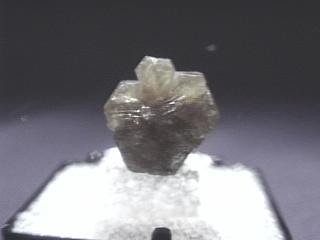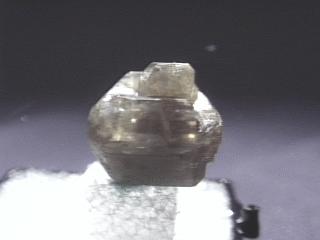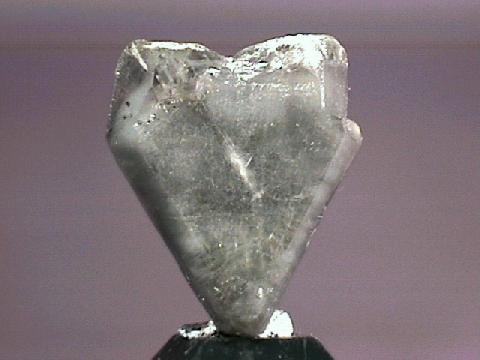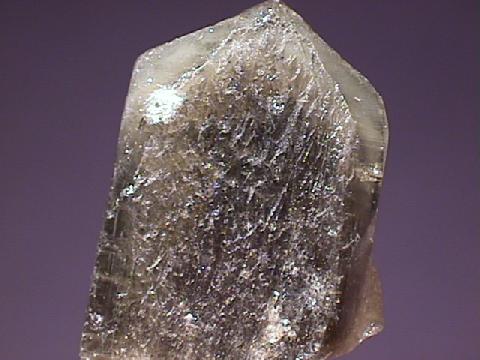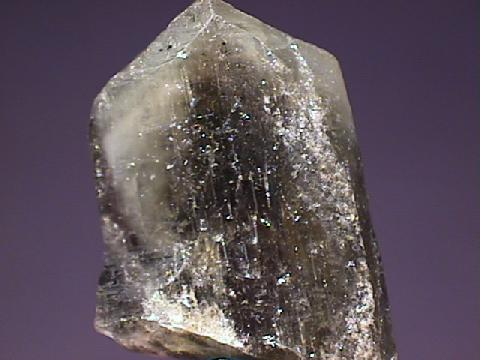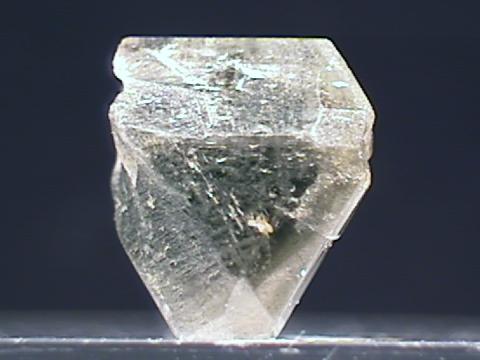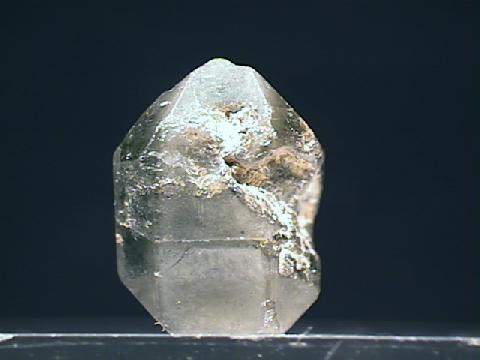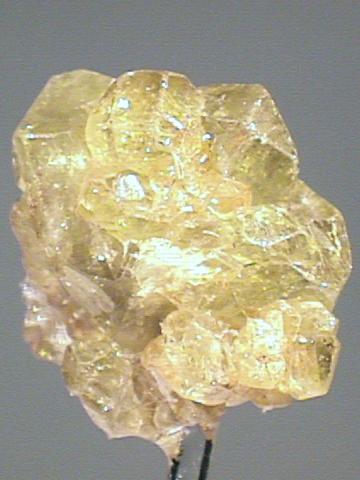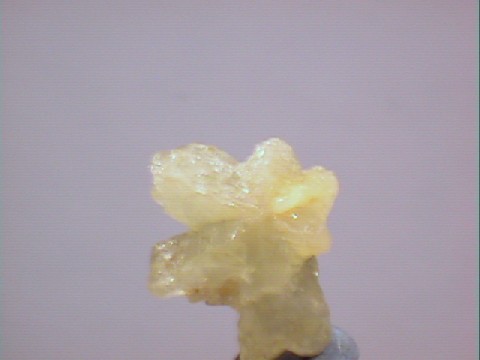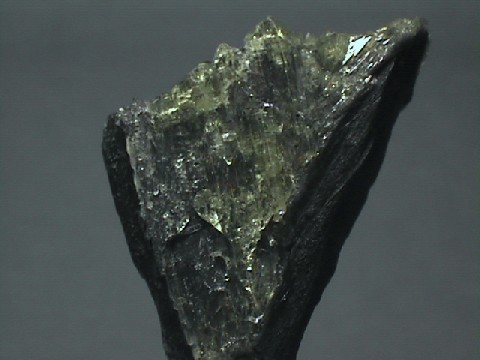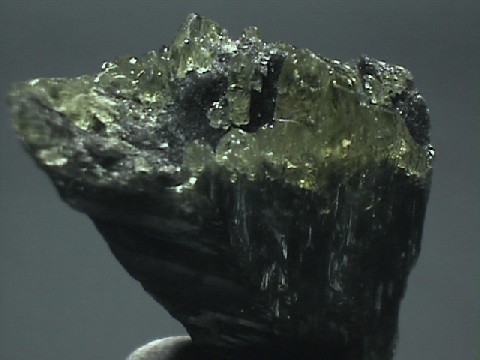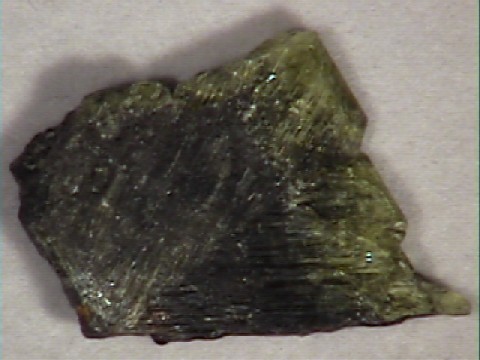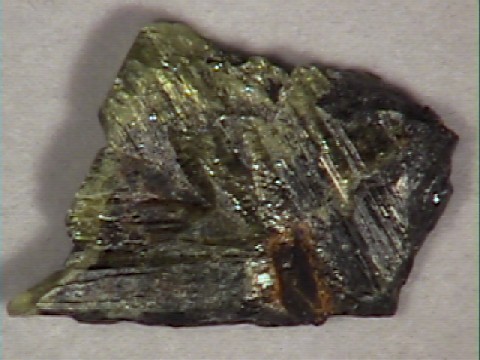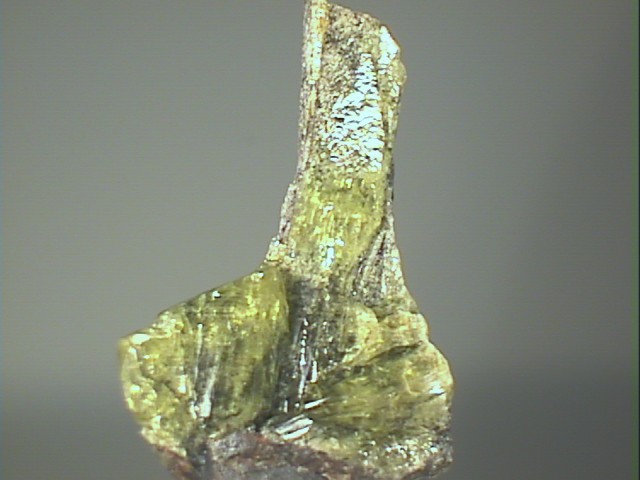 THE MINERAL CHRYSOBERYL
THE MINERAL CHRYSOBERYL
- Chemistry: BeAl2O4, Beryllium Aluminum Oxide
- Class: Oxides and Hydroxides
- Uses: As a gemstone and an ore of beryllium
Specimens - Also see variety specimens:
Alexandrite Specimens
There are three main gem varieties:
- The first type is simply faceted transparent Chrysoberyl that is usually found in yellowish green to green, yellow and shades of brown. It is a fine gemstone, but is over-shadowed by its two cousins.
- The second variety is the "cat's eye", also known as cymophane. The effect is caused by microscopic needle-like inclusions that reflect light into a single dynamic sliver of light running along the center of the crystal thus making it look like a living cat's eye! Although other minerals such as tourmalines, scapolite, corundum, spinel and quartz form "cat's eye" stones, they must be designated as "tourmaline cat's eye", or "ruby cat's eye" in the jewelry industry. Only chrysoberyl can be referred to as "cat's eye" with no other designation.
- The third and perhaps most interesting is Alexandrite. This rare and valuable gemstone has the unique property of changing color depending on the type of light that hits it. In sunlight, it appears almost emerald green, while in artificial incandescent light it appears a violet-red. Some sapphires show similar ability, and synthetic sapphires are now on the market being sold as "Alexandrites" but at substantially lower prices than natural Alexandrite.
PHYSICAL CHARACTERISTICS:
- Color is yellow, green and brown.
- Luster is vitreous.
- Transparency: Crystals are transparent to translucent.
- Crystal System is orthorhombic; 2/m 2/m 2/m
- Crystal Habits: Crystals tend to be blocky and are often distorted by twinning effects that sometimes produce a psuedo-hexagonal cyclic twin. also granular.
- Cleavage is fair in one direction and poor in another.
- Fracture is conchoidal.
- Hardness is 8.5
- Specific Gravity is 3.7+ (above average for translucent minerals)
- Streak is white.
- Associated Minerals include garnet, mica and feldspars.
- Other Characteristics: Pleochroic (different colors seen from different viewing angles), high refractive index (around 1.75).
- Notable Occurrences include the Ural Mountains, Russia, Sri Lanka, Brazil, and Burma.
- Best Field Indicators include possible presence of twinned crystals, color, great hardness, and poor cleavage.


